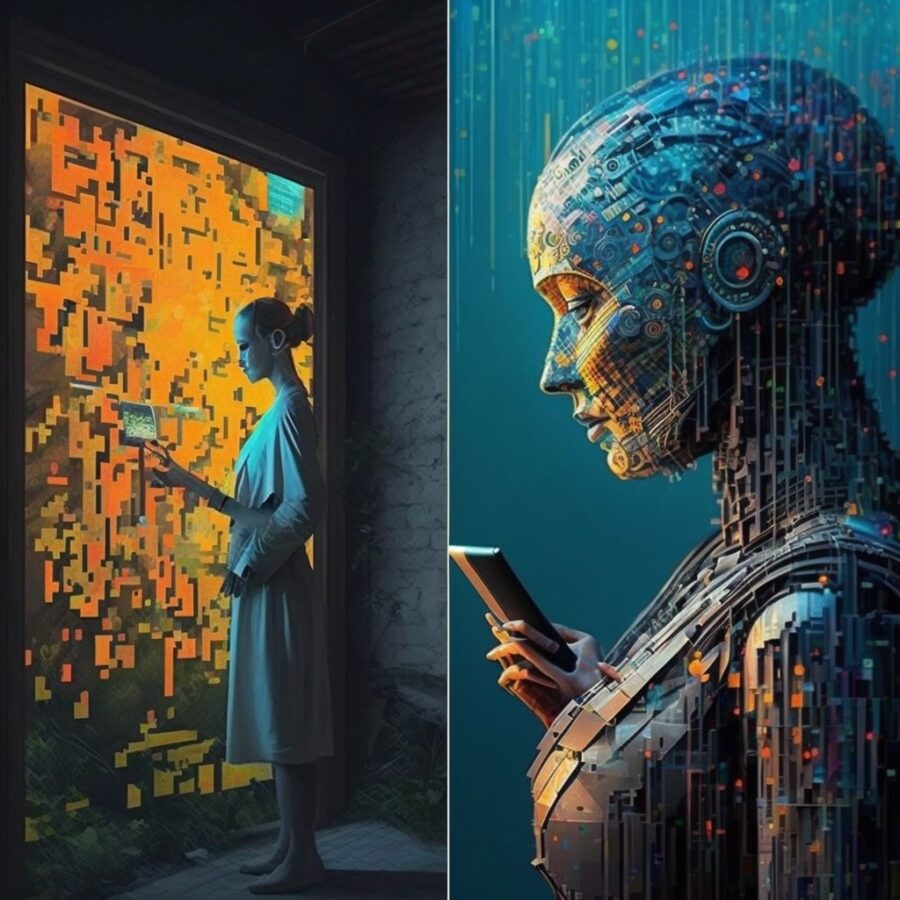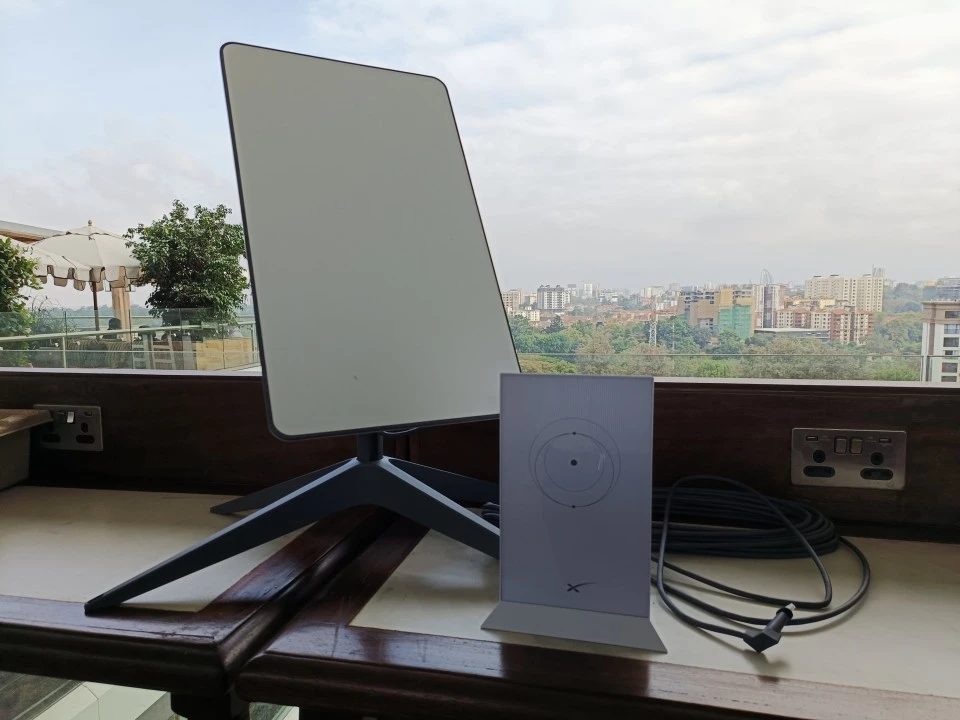As we commemorate 170 years since Vincent Van Gogh’s birth, his artistic legacy continues to captivate audiences through digital reimaginations.
This technology era has enabled animations inspired by Van Gogh’s iconic work to be showcased in hotel lobbies and event spaces, providing a unique blend of art and digital innovation.

However, it’s not only the public spaces that are embracing this trend but also Chinese millennials are increasingly adorning their homes with 3D artwork, signaling a growing market for decorative paintings in the digital age.
The increasing demand for these digital artworks has brought with it new challenges, particularly in terms of production costs. However, innovative solutions have emerged, such as smart production techniques.
Companies are collaborating with artists, utilizing advanced 3D printers to scan and reproduce paintings, capturing the original texture and coloring. This process offers art enthusiasts a great opportunity to own a piece that closely resembles the original, but at a much more affordable price.
https://www.youtube.com/hashtag/kechhotline
Joe, the founder of a successful art company has recognized the potential of the digital realm. His company already sells millions worth of paintings each month through e-commerce platforms. To grow his company, he is looking into a different kind of online marketplace for art.
“In the future, we want to turn this painting into a metaverse experience. You can drink tea, ride the boat, and hang out with friends, but we want to explore the concept of NFT as well. You’ll need certain tickets to unlock new interactions.” He said.

An NFT or non-fungible token is a one of a kind. Digital asset regulations are still being developed in China, but industry observers say virtual curated spaces can help new artists reach a much bigger audience while creating a new form of investment.
Read Also: China’s Security Initiative Garners Broad Support from the International Community
NFTs hold great potential for both established and emerging artists. Many struggling artists face financial hardships before gaining recognition, relying on offline exhibitions or auctions to showcase their work. NFTs provide a groundbreaking opportunity for young artists to reach a larger audience, breaking free from traditional constraints.

While regulations surrounding NFTs are still evolving in China, industry observers remain optimistic about the possibilities they bring. Virtual curated spaces have the potential to revolutionize the art industry, offering exposure to a wider audience while redefining the concept of art ownership and investment.











































